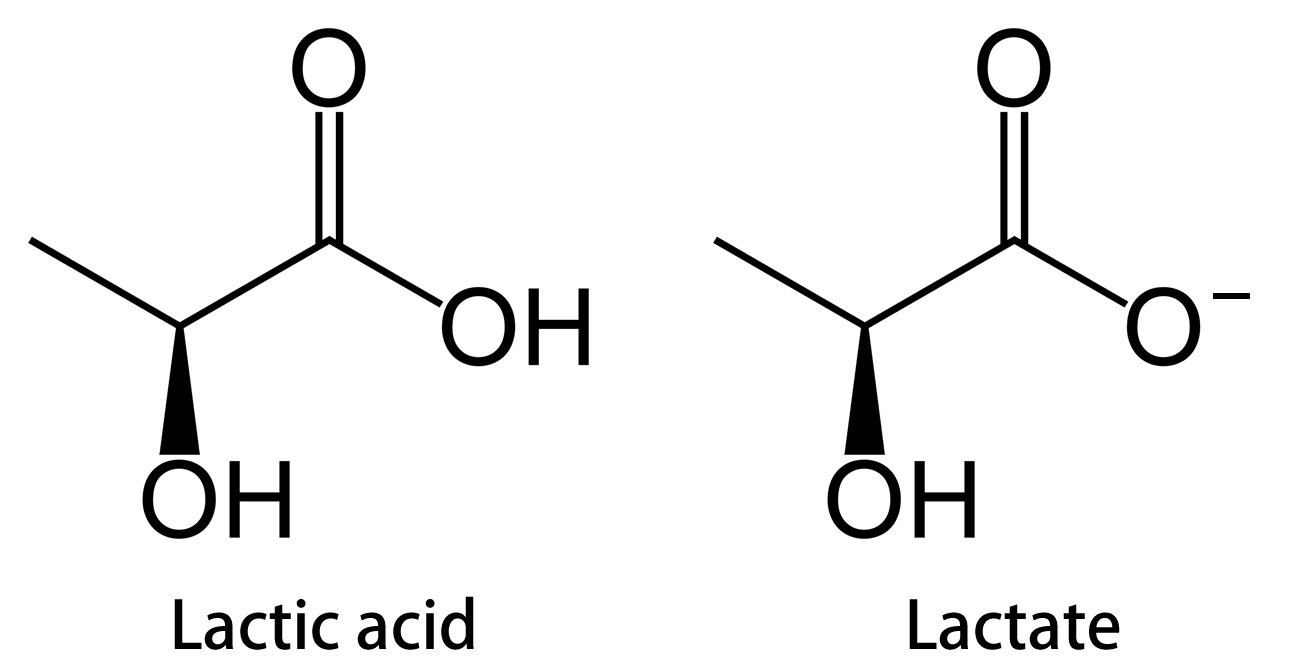In the fitness community, lactic acid (LA) has constantly been viewed as a toxin created during exercise that is the source of delayed onset muscle soreness (DOMS). Athletes and gym goers have developed numerous strategies over the decades to help rid their bodies of this “toxic” element in an attempt to have better recovery from their workouts. Common examples of this include varieties of cool downs, ice and heat therapies, various types of massage, increased hydration and countless others. The reality is the body is constantly producing lactate, not lactic acid, at any given moment and for the most part we are able to use this molecule for a variety of purposes. Lactate is converted to LA to maintain pH balance when exercise intensity is too high to sustain aerobically (McArdle, Katch, & Katch, 2015).
What is lactate?
Lactate is one potential end product of our anaerobic energy pathway. When we burn sugar for energy there are two potential outcomes. The first is the end product pyruvate which is shuttled into the aerobic pathway and will help generate more energy later on. The second option occurs when the aerobic pathway is taxed and there is no room for this end product when it is created. It has to go somewhere so the body instead converts pyruvate into lactate (McArdle et al., 2015). Lactate is present in our bodies at all levels of activity, even rest, however is generally cleared as fast as it is created. As exercise intensity increases beyond our ability to sustain, lactate begins to accumulate (Carlsson et al., 2016). This accumulation is what leads us to both increase our heart rate and respiratory rate in an attempt to supply the muscles with needed energy sources (Larson, 2006).
Is lactate a toxin?
Lactate is not a toxin. It is responsible for helping to alleviate the burn felt in muscles during exertion (the result of accumulating hydrogen protons). If lactate can’t keep up a decline in muscle performance will occur (Baechle & Earle, 2008). The body will attempt to use lactate by either converting it back to energy or clearing it from the area by mobilizing it to other tissues. When exercise is too intense or long in duration lactate will accumulate to a point called the onset of blood lactate (OBLA) leading to eventual declines in force generation and performance until the levels decrease. Lactate does not linger in the tissues for long post exercise with almost complete restoration of levels, even after maximal exertion, within 1-2 hours (Speakman & Selman, 2004). Because of this, lactate accumulation is not responsible for delayed onset muscle soreness (DOMS). Any post exercise strategies to help clear lactate, if they are engaged in beyond that 1-2 hour time frame, will be ineffective. DOMS is most likely the result of muscle microtears and localized inflammation leading to local nerve sensitization (Nelson, 2013).
What happens to lactate?
Certain muscle fiber types (type II) are able to convert lactate right back into usable energy. These fibers use mostly sugar for their energy source and as such have evolved to be quite good at both creating and converting lactate. If the tissues are unable to convert lactate due to high energy demand, lactate travels to the liver where it is converted back to glucose through the Cori Cycle or removed from the blood stream through the kidneys. When work demand decreases the accumulated lactate can immediately begin converting into energy or resynthesized back to glucose (McArdle et al., 2015).
References:
Baechle, T., & Earle, R. (2008). Essentials of Strength and Training and Conditioning (3rd ed.). Champaign, Il: Human Kinetics.
Carlsson, M., Carlsson, T., Wedholm, L., Nilsson, M., Malm, C., & Tonkonogi, M. (2016). Physiological Demands of Competitive Sprint and Distance Performance in Elite Female Cross-Country Skiing. Journal of Strength and Conditioning Research, 30(8), 2138–2144. https://doi.org/10.1519/JSC.0000000000001327
Larson, A. (2006). Vatiations in Heart Rate at Blood Lactate Threshold due to Exercise Mode in Elite Cross-Country Skiers. Journal of Strength and Conditioning Research, 20(4), 855–860.
McArdle, W., Katch, F., & Katch, V. (2015). Exercise Physiology (8th ed.). Baltimore, MD: Wolters Kluwer.
Nelson, N. (2013). Delayed onset muscle soreness: Is massage effective? Journal of Bodywork and Movement Therapies, 17(4), 475–482. https://doi.org/10.1016/j.jbmt.2013.03.002
Speakman, J. R., & Selman, C. (2004). Physical activity and resting metabolic rate. Proceedings of the Nutrition Society, 62(03), 621–634. https://doi.org/10.1079/pns2003282


0 Comments